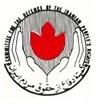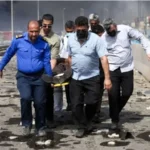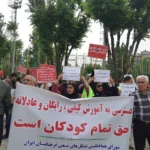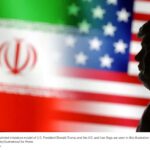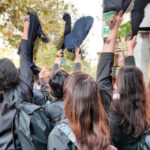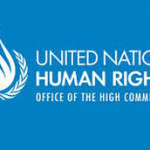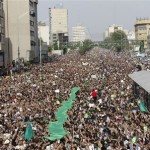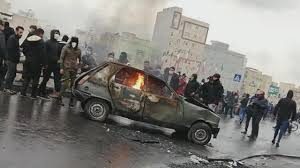
17th December 2019
As the reports about a wide spread clamp-down in Iran continue to leak out of the country, following widespread protests at increases in the price of petrol, Jane Green reports on developments and the growing outrage at the use of shoot to kill tactics by the Iranian regime.
A wave of protest is sweeping the Middle East with demonstrations against unpopular regimes unfolding in Iran, Iraq and the Lebanon. The protests have resistance to government corruption, mass unemployment and plunging living standards in common. All three regimes have reacted with increased violence and repression.
In Iraq at least 500 people are reported to have died since protesters took to the streets in early October. Amnesty International estimate that at least 304 people have died in nationwide protests in Iran since protests erupted last month. The true figure could be much higher. Protests against new taxes in Lebanon have brought hundreds of thousands onto the streets and forced the resignation of Prime Minister, Saad Hariri.
In the wider context of the ongoing interventionist war against the government of Bashar al-Assad in Syria, and the fact that the United States has moved 14,000 additional troops to the Gulf region this year, there is every potential for wider conflagration.
While the protests across the region have been the result of internal repression and government incompetence key players have been maximising their efforts to link the protests to wider regional tensions. The Intelligence Ministry in Tehran for example claimed to have arrested eight “CIA operatives” accused of inciting riots.
Islamic Revolution Guard Corps (IRGC) chief commander, General Hossein Salami, suggested that the riots were conducted by “thugs” with the backing of the US, Israel and Saudi Arabia. Salami went on to link the protests to the US policy of “maximum pressure” against Tehran, following the US withdrawal from the 2015 nuclear deal with Iran last year. Iranian Supreme Leader, Ali Khamenei, has talked of a “dangerous conspiracy” implicating the US, Israel and Saudi Arabia.
The US, on the other hand, has characterised the protests in Iraq and Lebanon as part of a region wide insurgency against Iranian power.
CODIR assistant general secretary Jamshid Ahmadi stated that observers and doctors in Iran have witnessed protesters shot in their heads by forces using military-issued ammunition.
“Peaceful protests have been met with extreme and systematic violence from the police and security services across the country,” Ahmadi said, adding, “Hundreds are dead and thousands have been wounded in a continuing brutal crackdown by the authorities.”
In addition, according to reports smuggled out of the country, hundreds more are missing. Information leaking out from hospitals in Iran indicates the majority of those killed are being shot in the head or the upper torso.
The order by Supreme Leader, Ali Khamenei, in November for security forces “to implement their tasks” certainly sent out an ominous signal to the people of Iran.
Khamenei’s warning to Iran’s citizens, to keep clear of violent demonstrators, clearly indicated that a further violent crackdown was on the way.
“Such illegal actions would not solve any problem but add insecurity on top of other problems,” Khamenei said. “Lack of security is the biggest calamity for any country and society. That is what they are looking for.”
The order by Iran’s Supreme National Security Council to implement a “restriction of access” to the internet nationwide, in order to try and suppress the spread of information about the protests has clearly not worked.
At least 7,000 people have reportedly been arrested in 28 of Iran’s 31 provinces since the mass protests broke out on 15th November, prompting UN High Commissioner for Human Rights, Michelle Bachelet, to state that she is “extremely concerned about their physical treatment, violations of their right to due process, and the possibility that a significant number of them may be charged with offences that carry the death penalty, in addition to the conditions under which they are held.”
While protests continue to sweep Iran, underlining the unpopularity of the Islamic Republic, the regime continues to try and bolster its position and circumvent US sanctions. Excluded from the US international interbank payment system, SWIFT, Tehran is looking to link with alternative systems in China and Russia.
Oil sales continue, primarily to Syria and China in order to generate income for the regime, prompting Khamenei to state earlier this month that,
“The US policy of maximum pressure has failed. The Americans presumed that they can force Iran to make concessions and bring it to its knees by focussing on maximum pressure, especially in the area of economy, but they have troubled themselves.”
In countering the US “maximum pressure” approach Iran is upping the ante by participating in joint naval drills with Russia and China in the Indian Ocean in late December.
At the same time European leaders, keen to salvage something from the 2015 nuclear deal, have been working to engage Iran in a financial barter mechanism, Instex, intended to help Iran circumvent US sanctions. This has brought expressions of outrage from Israel and Saudi Arabia, with Israeli Prime Minister, Benjamin Netanyahu fulminating,
“They are enabling a fanatic terrorist state to develop nuclear weapons and ballistic missiles, thereby bringing disaster to themselves and everyone else.”
Netanyahu’s response underlines the fragility of regional alliances and the potential for cracks to appear and the whole edifice to shatter. The danger of external intervention in Iran is one which has been in the wings for some years. With the Iranian regime itself increasingly under pressure the possibility of a pre-emptive strike, in a desperate attempt to divert attention from its domestic problems, should not be ruled out. Such an outcome would be disastrous, not only for the region, but for world peace.
The experience of recent years in Iran is that the macro-economic policies of the Islamic regime have resulted in the destruction of the infrastructure of manufacturing and driven millions of people below the poverty line and into deprivation. This situation is further exacerbated by widespread corruption within the regime, which sees millions of dollars syphoned out of the economy into private hands.
The current protests are a further indication of the fragility of the Iranian regime and its tendency to resort to force as the first line of defence when opposition erupts.
Solidarity with the Iranian people is being expressed from around the world. Global confederation IndustriALL has expressed its support for the Iranian people, calling upon all prisoners arrested as part of the current crackdown to be released.
In the UK both UNISON, NEU and the NASUWT unions have added their voices to expressions of support for the Iranian people and in condemnation of the actions of the Iranian government. It is vital that such support continues to build and extends into the Labour Party, to show political solidarity with the Iranian people in their struggle for peace, human and democratic rights, and social justice.

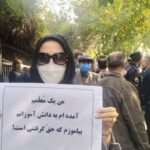
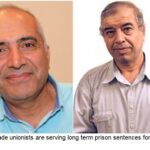
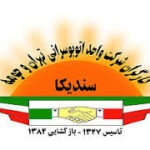


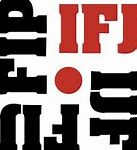



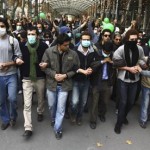
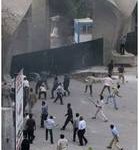
 Posted in
Posted in 